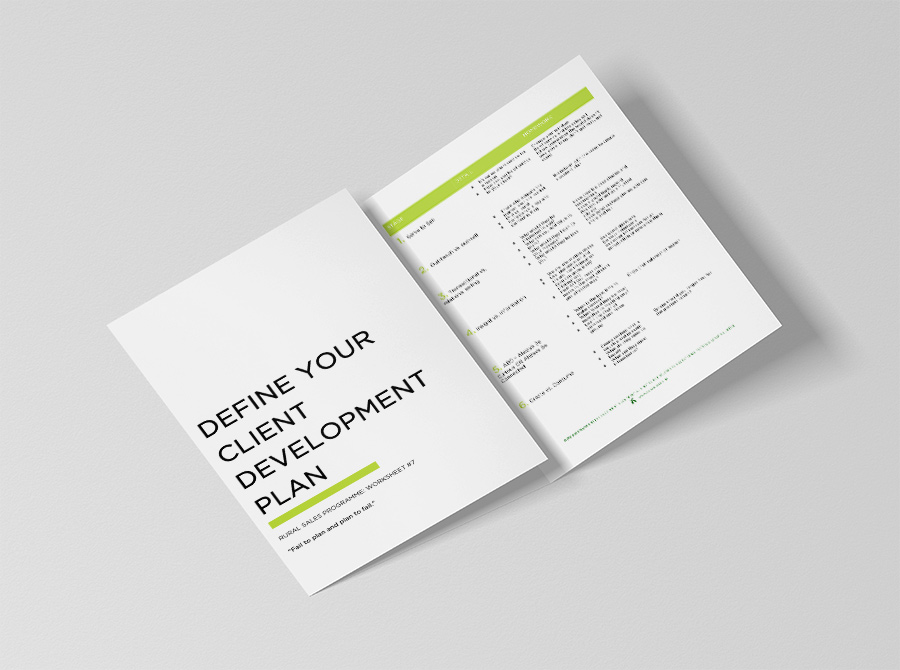Book Review: The NZ Food Land & Food Annual
No free lunch. Can New Zealand feed the world sustainably? Edited by Claire Massey.
For those that know me, I like to read and this book caught my eye after excerpts featured in www.interest.co.nz. Terroir, provenance and food tourism all feature heavily in this informative and insightful book signalling as a collective we are slowly moving towards food vs. farming and recognising volume isn’t going to save us from the new world of synthetic or clean meat or milk.
The book has 23 chapters each penned by a diverse range of contributors which provides a great overview on NZ Ag’s ever-changing landscape. As an agri-brand marketer some chapters stood out for me in particular so I’ve provided a brief synopsis on each:
Steven Carden in his chapter “Better Farming” talks about niche and specialism. In some cases we might even credit our country’s largest farmer Landcorp adapting Sigmoid Curve at point A rather than B. Banning Palm kernel was a bold NZ first shortly followed by the Fonterra announcement that suppliers could soon not exceed 3 kgs of PKE. Landcorp’s involvement in Danish footwear company Glerups through its partnership with NZ Merino and Spring Sheep Milk are both bold and brave, forward-thinking initiatives that turn Landcorp from a farming business into agribusiness.
Kerensa Johnston (Wakatu Incorporation) and Rachel Taulelei (Kono NZ) in their chapter titled “Kaitiakitanga” discuss the history of company Kono as well as its 500 year plan Te Pae Tawhiti. A striking quote for me was “When the land and water is sick, so is its people” They’ve looked at what kaitiaki means to them. Their vision is “To be the best indigenous food and beverage company in the world” aim highs without apology. They have a deep and meaningful story which provides a platform for a distinct story that underpins their produce. New Zealand need more companies like Kono with a rich and authentic narrative.
Steve Maharey, former Massey University Vice Chancellor in his chapter “Moon Shot” passionately argues the case for us to pick up our game. I’ve heard Steve speak at may functions and will hopefully attribute the term “the world’s delicatessen” rightly or wrongly to him. In his chapter Steve talks about “districts” where clusters of like minded and complimentary companies can work together to scale up in the same many of us have spoken about the importance producer groups with a distinct terroir of provenance. He features Coastal Spring Lamb as a success story. I agree and would also include domestically or internationally the likes of Eketahuna Meats, Greenmeadows Beef, Lewis Road Creamery and Taupo Beef.
Lauraine Jacobs, food writer, in her chapter titled “First we must tell our stories” highlights the glaring issue and opportunity for New Zealand to become a food tourism hub for world travellers. Culinary tourism is a big deal and in the World’s Best 50 Restaurants not one NZ restaurant features in it whilst 3 restaurants from Peru do. Go figure. We have world-class produce coming from the some of the best land and sea the world has to offer so we encourage food critics and journalists to come visit. If we don’t, they’ll go elsewhere.
The familiar themes of localism, terroir, food tourism and brand narrative as thematics all get a healthy dose of reinforcement from different authors in different ways. There is a commonality to the commentary. As a reader I got a timely reminder that small is cool through promoting locally produced artisan food products with a deep truth behind them and a unimpeded line of sight between them and their end niche consumers.
In my June 2016 Kellogg project I encouraged producers to consider their terroir and provenance as a point of difference so in a small way I feel a bit validated that thought leaders such as Steve Maharey and Tracy Beno support the same views. It’s great to see others and industry understanding the power of brand narrative to uphold margins. It might also convince some food producers that when they abdicate their marketing to their supplier, they have no excuses to complain. A bit like not voting.
When $250b is made by retailers (KPMG 2017 Agribusiness agenda) at the retail end close to the customer and only $38bn (as of 2017 MPI) we need to up our game and get closer to the consumer. When we market and brand ourselves well we’ll stand a far better chance of sharing in the 6 x value that retailers currently enjoy.
I look forward to The New Zealand Land & Food Annual volume 3 (and catching up on volume 1) and hearing from the new generation of agitators. Maybe we’ll get to hear from the likes of Melissa Clarke Reynolds whose recently been elected as an independent director to the B+LNZ Board and Dr Rosie Bosworth who is a passionate communicator about the emergence of synthetic meats and plant protein.
Rather than bury our heads in the sand we need to listen and learn from those outside industry, painful as it might be. We are far too insular as an industry. In amongst all the noise if you listen carefully enough are lessons and insights we can all learn from: millennials, conscientious consumption, social licence, disruptive innovation, exponential technological change and environmental stewardship. Ingredients and factors we’d be foolish not to pay attention to.
NZ Ag is still addicted to volume instead of value or vanity over sanity. Exponential change is coming to Ag with cashed up Silicon Valley types who know how to disrupt.
Time we started changing as quickly as the world is around us.



